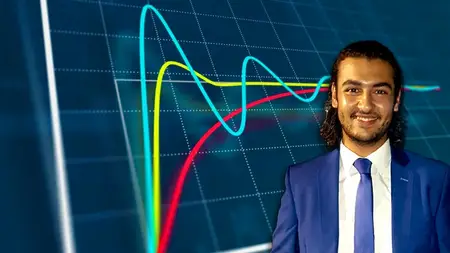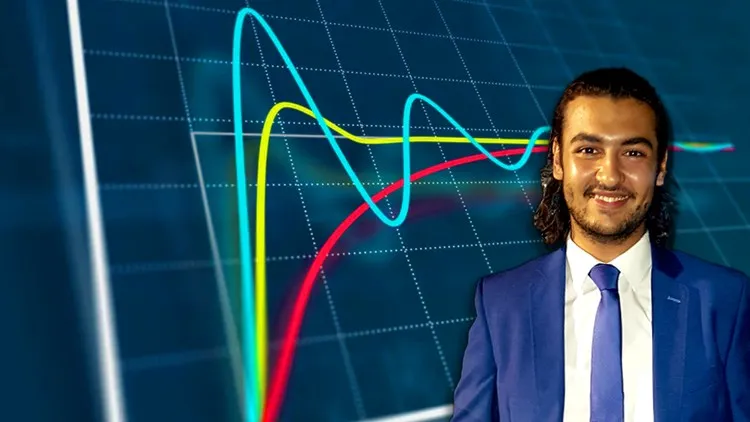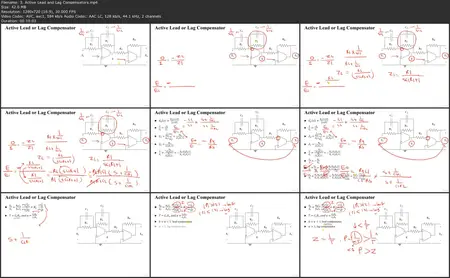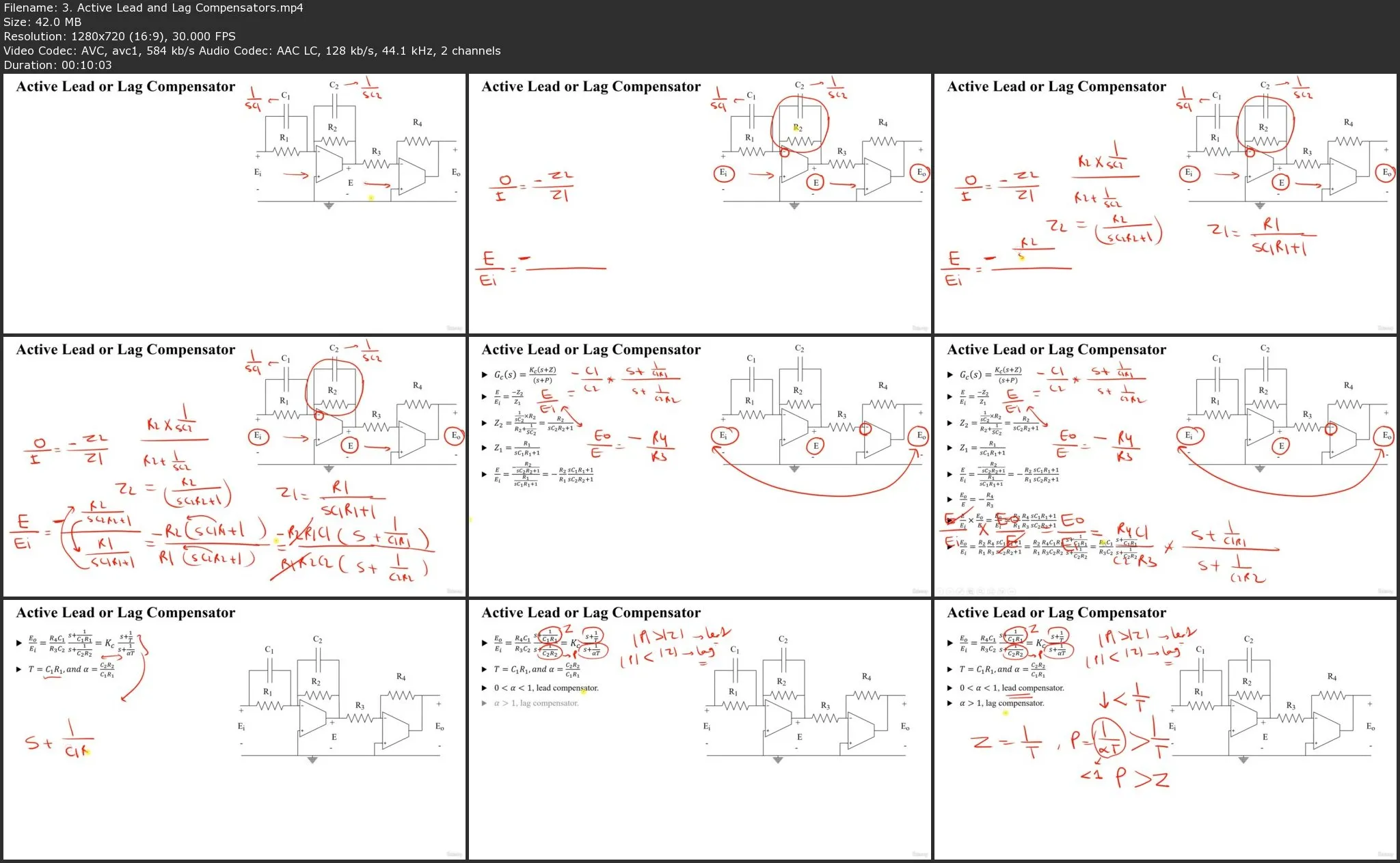Ultimate Automatic Control Theory in Electrical Engineering
.MP4, AVC, 1280x720, 30 fps | English, AAC, 2 Ch | 24h 35m | 6.27 GB
Instructor: Engr. Ahmed Mahdy
.MP4, AVC, 1280x720, 30 fps | English, AAC, 2 Ch | 24h 35m | 6.27 GB
Instructor: Engr. Ahmed Mahdy
Learn about automatic control including root-locus, PID, compensators, bode plot, and Nyquist for electrical engineering
What you'll learn
- Grasp the fundamentals of automatic control.
- Explore the significance and real-world applications of control systems.
- Create mathematical models for various systems.
- Master Fourier Series, Fourier Transform, Laplace Transform, and LTI systems.
- Understand and reduce block diagrams in control systems.
- Convert block diagrams to Signal Flow Graphs (SFG) and apply Mason’s Formula.
- Analyze the time response of first and second-order systems.
- Learn key metrics such as rise time, peak time, and settling time.
- Evaluate system stability using the Routh-Hurwitz criterion.
- Calculate steady-state errors for various inputs and systems.
- Sketch and interpret root-locus plots.
- Perform frequency response analysis using polar plots, Nyquist criteria, and Bode plots.
- Design and implement lead and lag compensators.
- Tune PID controllers using methods like Ziegler-Nichols and Particle Swarm Optimization.
Requirements
Basic mathematics
Description
Welcome to our course, "Ultimate Automatic Control Theory in Electrical Engineering," where you will learn everything about automatic control theory from scratch for electrical engineers.
What Students Will Learn from the Course:
Fundamentals of Control Systems:
- Understand the basic principles of automatic control.
- Learn the importance and applications of control systems in various fields.
Mathematical Modelling:
- Develop mathematical models of electrical and mechanical systems.
- Gain proficiency in Fourier Series, Fourier Transform, Laplace Transform, and Linear Time-Invariant (LTI) systems.
Block Diagram and Signal Flow Graph Techniques:
- Master the concepts of block diagrams and their reduction techniques.
- Convert block diagrams into Signal Flow Graphs (SFG) and use Mason’s Formula.
Time Response Analysis:
- Analyze the time response of first and second-order systems.
- Understand key specifications like rise time, peak time, and settling time.
Stability Analysis:
- Determine system stability using the Routh-Hurwitz criterion.
- Calculate steady-state errors for different inputs and systems.
Root-Locus and Frequency Response Methods:
- Learn to sketch root-locus plots and analyze their effect on system behavior.
- Perform frequency response analysis using polar plots, Nyquist criteria, and Bode plots.
Compensators and PID Controllers:
- Design and implement various compensators in control systems.
- Understand and tune PID controllers using methods like Ziegler-Nichols and Particle Swarm Optimization.
This course provides a comprehensive understanding of control systems, from fundamental concepts to advanced techniques, ensuring students are well-prepared to apply these skills in real-world scenarios.
Who this course is for:
- Undergraduate and graduate students in electrical, mechanical, and control engineering.
- Engineers and professionals looking to deepen their understanding of control systems and enhance their practical skills.
- Researchers focusing on control techniques and their applications.





